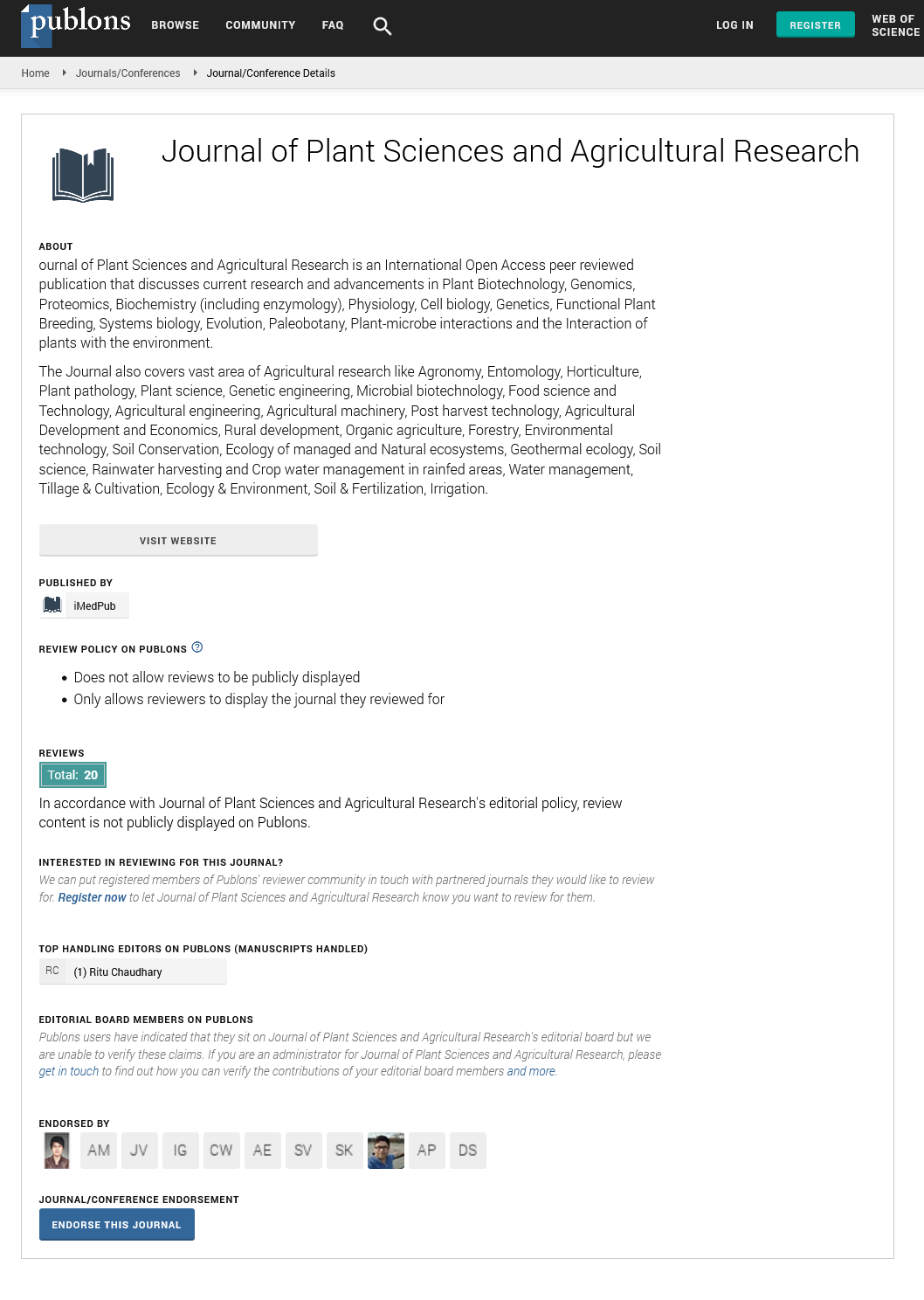Abstract
Exploring Indigenous Plant Species of Jind District: Utilization, Characteristics and Cultural Significance in a Specific Region
Aim: The current investigation is aimed at comprehensive analyses of indigenous plant species of Jind district, focusing on their uses, characteristics and cultural importance in a specific region.
Method: Field visits spanned all 4 subdivisions of Jind district-Jind, Narwana, Safidon, and Uchana embracing diverse cultural and socioeconomic contexts. The methodology involved one-on-one interviews, employing structured questionnaires and open-ended queries, capturing varied insights on traditional practices, beliefs, seasonal plant reproduction and local challenges.
Results: Results showcase diverse plant families, with Fabaceae and Poaceae being the most prevalent (9 species each). Solanaceae, Myrtaceae, Moraceae and others feature prominently. Utilization patterns vary, including 20.5% as vegetables, 15.4% with medicinal properties, 16.7% for timber, 11.5% for nutrition, and 75.6% for religious/spiritual purposes. Botanical composition highlights dicotyledonous dominance of 93.6% and with 6.4% monocotyledonous. Crop cycles correlate with pre-monsoon and monsoon seasons, influencing pollination and resilience. Plants serve ornamental roles and cultural/spiritual functions.
Conclusions: Conservation and promotion benefit ecology and resource efficiency. This research underscores the need for awareness, conservation and sustainable use, securing their role in the community's fabric. Plants from various families, primarily Fabaceae and Poaceae, are significantly utilized for different purposes, emphasizing the multifaceted role of indigenous flora in the region's ecology, culture and economy. Conservation efforts are crucial to preserving these plants and their significance in the community.
Author(s): Abhishek, Chanchal Malhotra and Riti Thapar Kapoor
Abstract | Full-Text | PDF
Share This Article
Google Scholar citation report
Citations : 135
Journal of Plant Sciences and Agricultural Research peer review process verified at publons
Abstracted/Indexed in
- Google Scholar
- Publons
- Secret Search Engine Labs
Open Access Journals
- Aquaculture & Veterinary Science
- Chemistry & Chemical Sciences
- Clinical Sciences
- Engineering
- General Science
- Genetics & Molecular Biology
- Health Care & Nursing
- Immunology & Microbiology
- Materials Science
- Mathematics & Physics
- Medical Sciences
- Neurology & Psychiatry
- Oncology & Cancer Science
- Pharmaceutical Sciences
